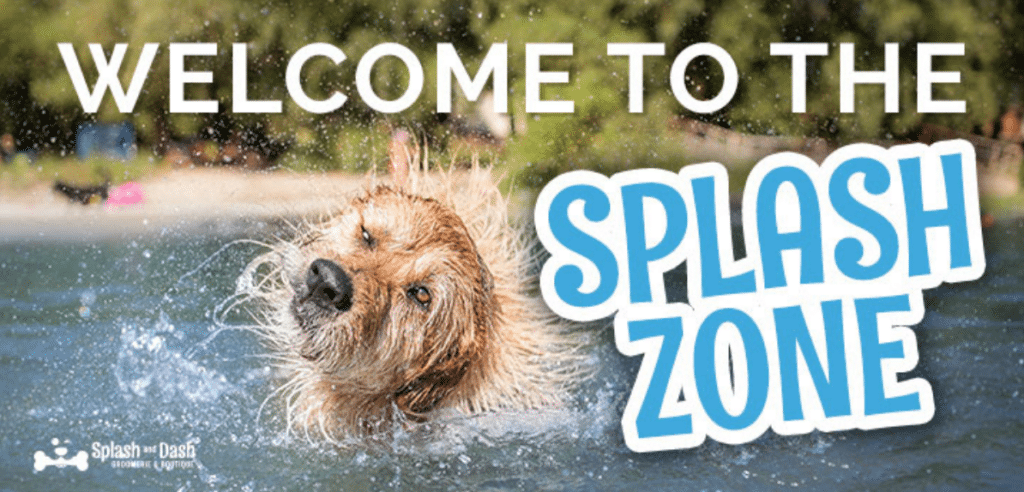Swimming safely is a concern for the whole family, your furbaby included, are your dogs days at the water worry-free?
As the thick of the summer season progresses we all look for ways to cool down, why leave our pup out of the fun. Summer is known for our weekend warriors who rushes for long weekends at the farm, the lake, the pool, and the ocean. Wherever you might be taking your pooch for a dip, consider these safety measures to ensure the lasting health of your water bug.
Dog Swimming Advice and Insights:
-
Grooming!
Bathe & Brush your dog after swimming. Bacteria collects on their fur during a day on the water. If your dog isn’t cleaned off after swimming they’re going to be ingesting chemicals and bacterias they picked up when they go to groom themselves. A bath will help alleviate itchiness, and brushing will restore the natural oils on the coat that the water likely removed.
-
What\’s in the Water?
Concerns of Blue-Green Algae or other harmful bacteria in waterways are a real threat. Most public beaches are monitored for bacteria levels in the water and when those levels get too high the health departments close those beaches and notify the communities. Some beach closures are due to E. coli and others from dangerous algae, both are especially dangerous to dogs if ingested.
-
That\’s Not a Giant Waterbowl!
Swimming holes are not drinking water, and your pup will likely need several reminders. Oceans, ponds, and lakes are not suitable for drinking. Fresh bodies of waters contain organisms (& sometimes crocodiles!) that can be harmful to a dog\’s health whereas saltwater can quickly dehydrate your pup.
-
Float Your Boat.
A floatation device can provide peace-of-mind for both you and your tired pooch. A lifevest will also allow your dog to rest safely if they become overtired while in the water. Explore several brands and resist ordering online, sizing for these can be tricky!
-
Not Everyone Loves to Swim!
Not all dogs can swim or are eager to learn. Be patient when introducing your pup to the water. Encourage your dog to follow you into shallow water first. Don’t use force if they’re not ready, some dogs are quicker to adapt where others prefer a slow introduction and a few mild sessions before taking the plunge.
-
Doggy Swimmers Ear
Chronic ear infections happen more frequently in dogs who swim often. If your groomer points out excessive moisture buildup or any irregular changes in your dog’s ear health they will advise you to seek advice from a local veterinarian.




